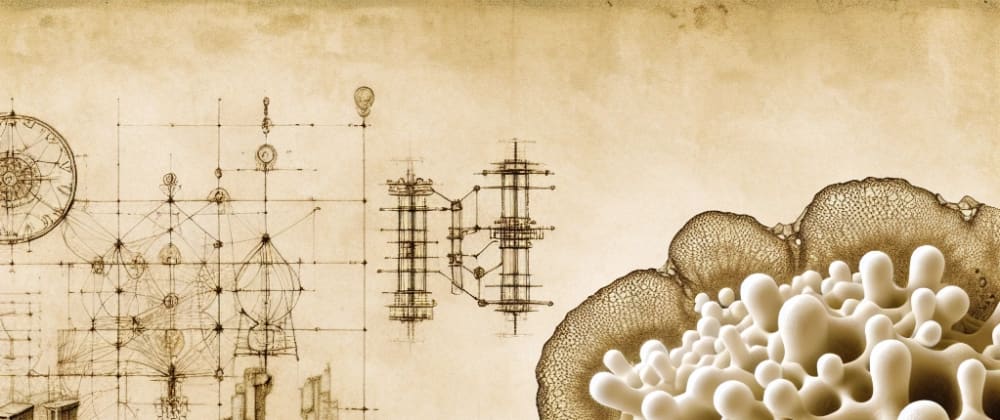In the search for sustainable and efficient solutions to our infrastructure challenges, we often look to cutting-edge technologies and complex algorithms. However, a groundbreaking study led by Toshiyuki Nakagaki from Hokkaido University in Japan suggests that the answer may lie in one of nature's most unassuming creatures: the slime mold.
🍄 The Wisdom of Slime Mold
The study focused on the slime mold Physarum polycephalum, a single-celled organism known for its ability to create intricate and efficient networks. Researchers placed oat flakes, a favorite food of the slime mold, in a petri dish to represent the locations of various cities around Tokyo. The slime mold was then introduced at the center, simulating the starting point of Tokyo.
Over the course of a few days, the slime mold expanded its network, connecting the oat flakes in a complex web. Remarkably, as time passed, the mold optimized its network, thickening frequently used paths and eliminating less efficient ones. The resulting network bore a striking resemblance to the Tokyo rail system, one of the world's most efficient and complex transportation networks.
This incredible feat of biological engineering has profound implications for the way we think about urban planning and infrastructure design. It suggests that the principles of self-organization and optimization found in nature can be harnessed to create more sustainable and resilient human systems.
🌿 Biomimicry: Learning from Nature's Blueprints
The slime mold's ability to solve complex spatial problems and create efficient networks is a prime example of biomimicry – the practice of learning from and emulating nature's time-tested patterns and strategies. By studying how organisms like the slime mold navigate their environments and optimize their resources, we can gain valuable insights into designing our own systems.
In the case of transportation networks, the slime mold's approach to creating efficient pathways can inspire new algorithms for optimizing traffic flow, reducing congestion, and minimizing the environmental impact of our infrastructure. By incorporating principles of self-organization and adaptability, we can create transportation systems that are more responsive to changing demands and resilient to disruptions.
Moreover, the lessons learned from the slime mold can be applied to a wide range of network optimization challenges, from freight distribution and supply chain management to energy grid design and telecommunications infrastructure. By looking to nature for inspiration, we can develop more sustainable and efficient solutions to the complex problems facing our societies.
🌐 Towards a Quantum-Inspired Sustainable Future
As we seek to build a more sustainable future, the intersection of biological inspiration and cutting-edge technology holds immense promise. One area where this convergence is particularly exciting is in the realm of quantum computing.
Quantum computers, which harness the principles of quantum mechanics to perform complex calculations, have the potential to revolutionize the way we solve optimization problems. By leveraging the power of quantum algorithms, we may be able to tackle infrastructure challenges that are currently beyond the reach of classical computing.
Imagine a future where quantum-inspired algorithms, informed by the wisdom of slime molds and other biological systems, help us to design and optimize our cities, transportation networks, and energy grids. By combining the efficiency and adaptability of nature with the raw power of quantum computing, we could create infrastructure systems that are not only sustainable but also highly resilient and responsive to changing needs.
🔍 Conclusion
The humble slime mold's ability to create efficient networks that rival human-engineered systems is a testament to the incredible wisdom and ingenuity of nature. By studying and emulating these biological processes, we can unlock new approaches to sustainable infrastructure design and optimization.
As we move towards a more quantum-inspired and ecologically-minded future, the lessons learned from the slime mold and other natural systems will become increasingly valuable. By embracing biomimicry and harnessing the power of emerging technologies like quantum computing, we can create infrastructure systems that are not only efficient and sustainable but also highly adaptable and resilient.
So the next time you marvel at the complexity and efficiency of a transportation network or urban system, remember the humble slime mold – a creature whose simple, decentralized approach to problem-solving may hold the key to unlocking a more sustainable and livable future for us all.







Top comments (0)